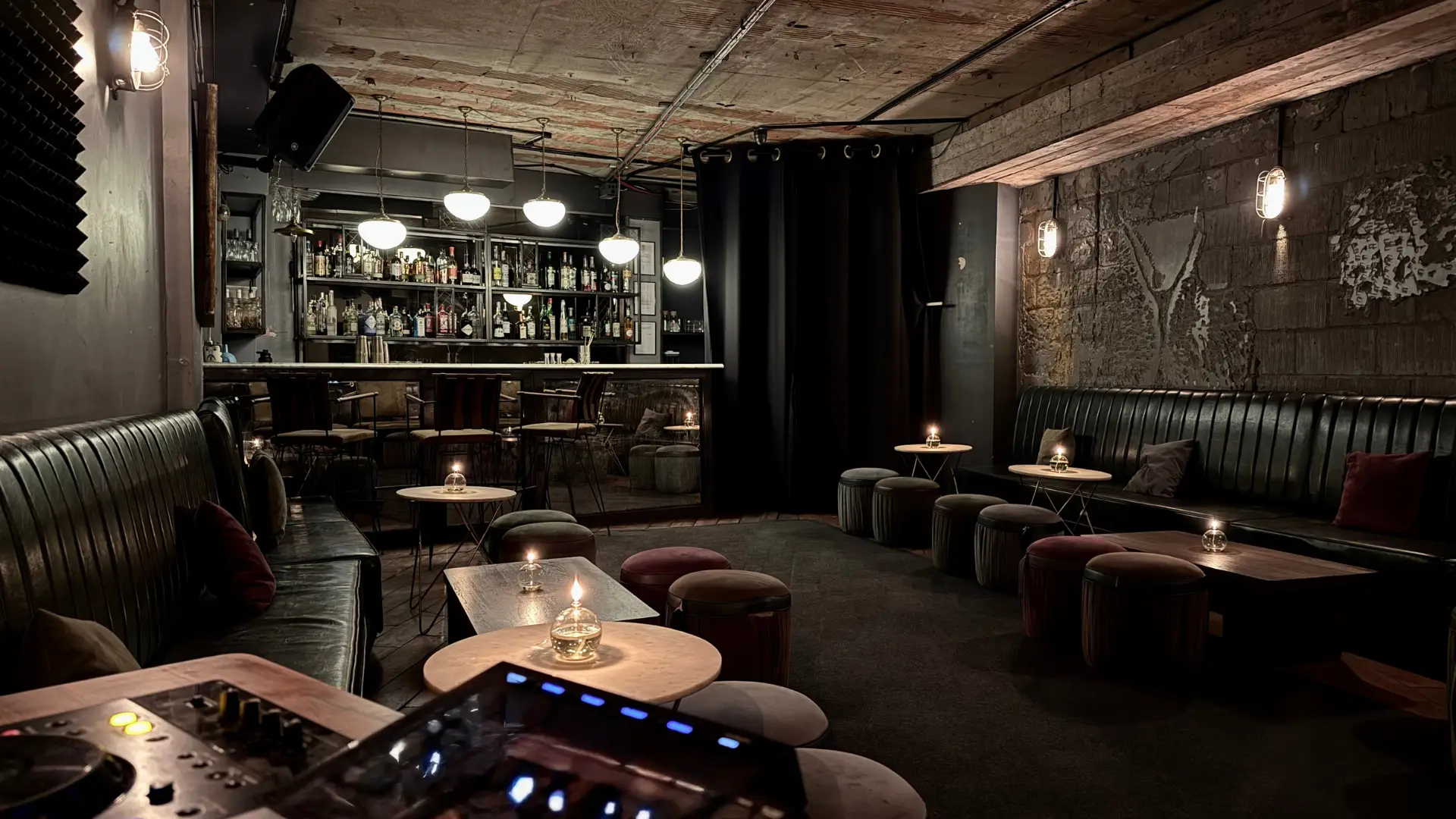READ NEXT:

London is a city built on layers — of history, people, architecture, and movement. But at the heart of its character lies something often overlooked: its public spaces.
From bustling plazas and historic parks to quiet corners between buildings, public spaces are where city life unfolds. They’re where we gather, protest, celebrate, rest, connect. In a city as fast-moving and diverse as London, these shared spaces serve as a vital commons — places where everyone has the right to exist, regardless of background, income, or purpose.
While London boasts some of the world’s most iconic public areas — think Trafalgar Square, Hyde Park, and the Southbank — the reality is that true public space is shrinking. More and more of what appears to be public is actually privately owned and tightly controlled.
Spaces that look open and accessible are often governed by corporate landlords with private security, hidden rules, and limited freedoms. In many so-called “public” spaces, you can be moved on for protesting, filming, handing out flyers, or simply being perceived as “undesirable.”
This is a quiet erosion of the public realm — and it affects all of us. Spaces that look open and accessible are often governed by corporate landlords with private security, hidden rules, and limited freedoms. In many so-called “public” spaces, you can be moved on for protesting, filming, handing out flyers, or simply being perceived as “undesirable.”
While London boasts some of the world’s most iconic public areas — think Trafalgar Square, Hyde Park, and the Southbank — the reality is that true public space is shrinking. More and more of what appears to be public is actually privately owned and tightly controlled.
Spaces that look open and accessible are often governed by corporate landlords with private security, hidden rules, and limited freedoms. In many so-called “public” spaces, you can be moved on for protesting, filming, handing out flyers, or simply being perceived as “undesirable.”